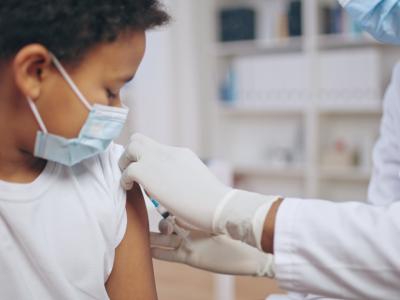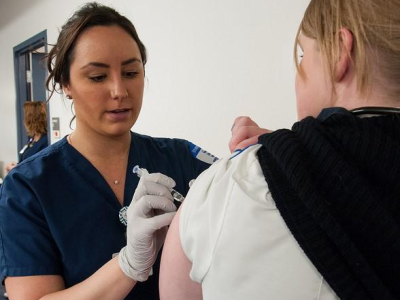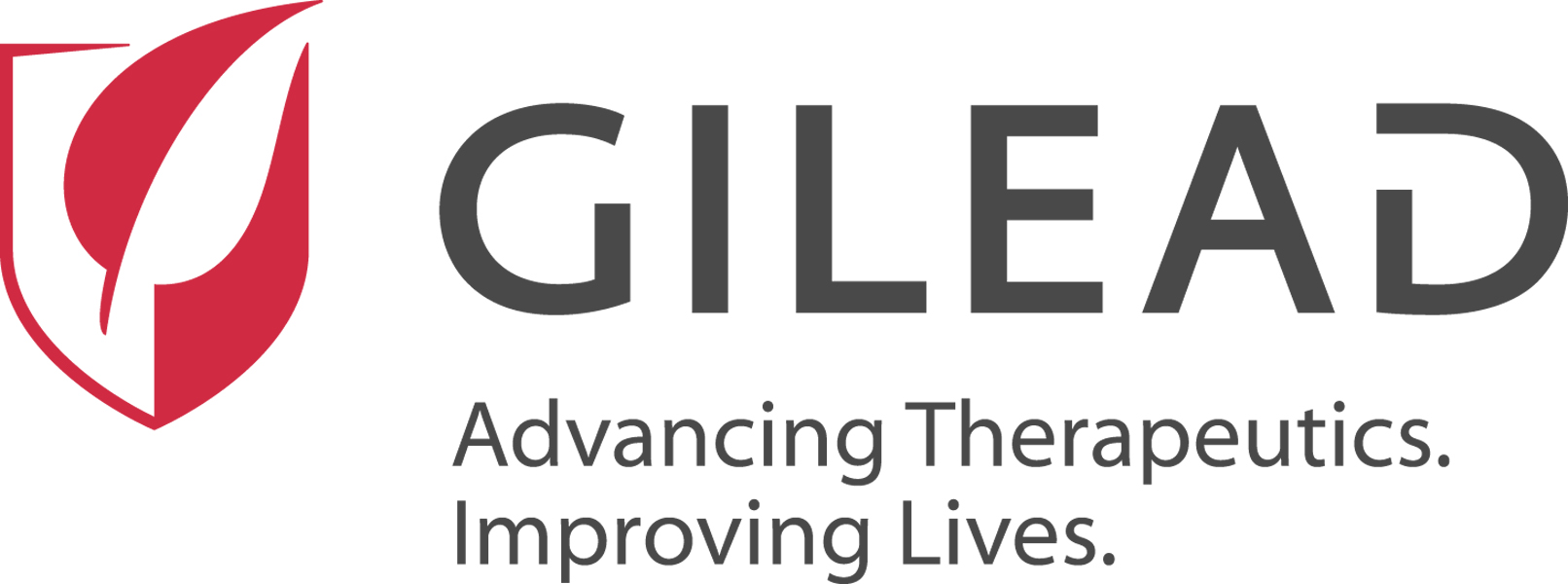A multicenter cohort study today in JAMA Network Open finds that worse financial outcomes associated with long COVID (LC) are sustained for up to 3 years after the initial SARS-CoV-2 infection, but they are mitigated by vaccination.
"The macroeconomic effects of the pandemic are well established, while the individual financial toll and impact on return to work remain underexplored," the authors of the study write. "Early research suggested that rates of return to work among individuals with persistent LC varied widely, ranging from 10% to 100%."
To address this knowledge gap, the authors of the study tracked 3,663 US adult participants, 66.3% female, average age 40.2 years, who had at least one reported SARS-CoV-2 infection from December 7, 2020, to August 29, 2022. Follow-up electronic surveys were collected through April 2, 2024.
The vast majority of the study participants (95.1%) received at least 1 COVID-19 vaccine, with 71.2% of participants reporting they received 3 to 5 doses.
Increased odds of missing work
Of the participants, 994 (27.1%) reported current LC, 2,604 (71.1%) never had LC, and 65 (1.8%) had resolved LC. Having LC was defined as symptoms lasting 12 weeks or longer after infection, and participants were self-identifying and self-diagnosing. Among those who said they currently had LC, 15.4% said they were vaccinated prior to onset.
Among those with current LC, 467 (47.0%) reported symptoms that waxed and waned, 258 (26.0%) reported improved symptoms, 187 (18.8%) reported no change, and 82 (8.2%) reported worsened symptoms, the authors said.
The study participants were given surveys to assess financial toxicity (distress) and ability to work. People with current LC were more likely to be unemployed and reduced work hours than were those who have never had LC or who were fully recovered.
According to the authors, the current LC group had increased odds of missing work owing to their health (adjusted odds ratio [aOR], 2.62; 95% confidence interval [CI], 1.93 to 3.57) and of experiencing work impairment (aOR, 11.82; 95% CI, 8.90 to 15.70) compared with the group who never had LC.
Fifty-nine percent of participants with current LC attributed their work loss to their symptoms.
Moreover, the current LC group had higher odds of having moderate to high financial toxicity compared to those with the no LC (aOR, 5.20; 95% CI, 3.92 to 6.89) and the resolved-LC cohort (aOR, 3.16; 95% CI, 1.19 to 8.41).
Vaccine protective against work impairment
Vaccination was protective and associated with 29% lower odds of work impairment and a 34% lower incidence of impairment in non-work activities. Vaccination was not tied to lower severity of financial toxicity.
"Throughout all or our research, whether someone was vaccinated was shown to be strongly associated with more symptom reduction and measurably better quality of life," said first author Michael Gottlieb, MD, in a Rush University Medical Center news release. "The COVID-19 vaccine kept us healthier—both physically and financially."
The substantial employment and economic burdens reported here underscore the need for targeted policy interventions.
"The substantial employment and economic burdens reported here underscore the need for targeted policy interventions and greater workplace support structures to ensure that the sizable US workforce that may have LC is able to contribute to economic activity and to avoid personal economic hardship," the authors concluded.



















